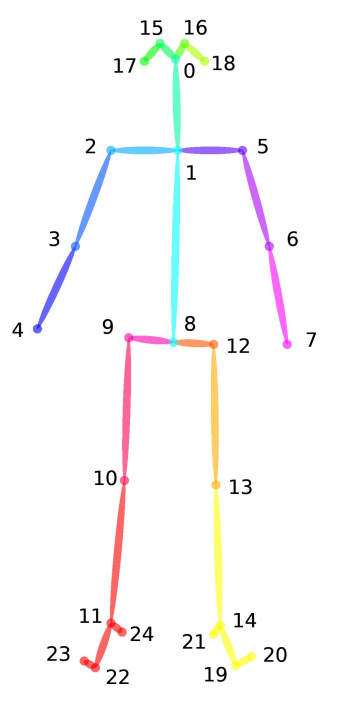FSD10 Dataset:
FSD-10: A Dataset for Competitive Sports Content Analysis
Paper: If using the dataset, please cite the following papers
Liu, S., Liu, X., Huang, G., Qiao, H., Hu, L., Jiang, D., … & Guo, G. (2020). FSD-10: A fine-grained classification dataset for figure skating. Neurocomputing, 413, 360-367.
The Meaning of the Dataset:
There are many large-scale video research datasets for action analysis,
such as Kinetics, Moments in Time, UCF101 in video recognition and Breakfast, Epic Kitchens, Salads50 in video segmentation.
However, these datasets lack a focus on the characteristics of human motion.
(Kinetics, etc. have some sports characteristics, while they are not professional enough).
Like in UCF101, if the part that contains the human body was cut out and the frames in videos only maintain the scene, the accuracy of certain subsets does not drop much [1].
This shows that these datasets do not pay much attention to human motion, and cannot reflect the characteristics of video analysis.
Our released dataset, Figure Skating Dataset (FSD-10), aims to explore human motion through figure skating.
In figure skating, the posture and motion trajectory of the human body have the greater complexity and more categories than other sports,
which illustrates the figure skating is very good choice for studying human dynamics in videos.
In spite of extremely high classification correctness (>99%) of the experts in figure skating, the current models can only achieve 80%-90% accuracy when tested on 10 categories of our dataset.
Consequently, the appearance of a motion-focused dataset is critical to evaluate current models and propose new video models and the release of this dataset helps bring more awareness to the importance of human motion in video recognition.
The Description of the Dataset :
The directory structure of the training dataset and test dataset is as follows:
|–train_data_25.npy
|–train_label_25.pkl
|– val_data_25.npy
|– val_label_25.pkl
The label file contains 10 categories which are represented as tensors of 0-9. After the train_data_25.npy file is read through np.load(), a tensor of shape N×C×T×V×M will be obtained. The specific meaning of each dimension is as follows:
| Notation | Size | Meaning | Explanation |
|---|---|---|---|
| N | number of samples | N samples. | Null. |
| C | 3 | x, y coordinates and confidence of each joint point. | Each x,y is scaled between -1 and 1. |
| T | 1500 | The duration of the action, 1500 frames in total. | The actual length of some actions may be less than 1500. For example, there may be only 1000 valid frames. We will append 0 at the end to ensure the uniformity of the T dimension. |
| V | 25 | 25 keypoints(skeleton). | The meaning of specific joint points can be seen in the example skeleton diagram below. |
| M | 1 | 1 athlete. | Null. |
Skeleton Example Diagram:

The Download Link of the Dataset:
The download link of the dataset
Extraction Code : c4oc
Baidu network disk file extraction code, and any questions about the dataset, please contact: liusl@mail.dlut.edu.cn
